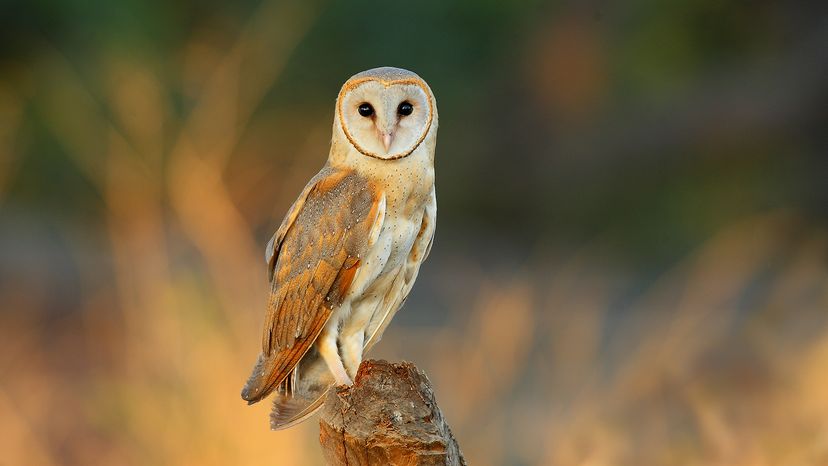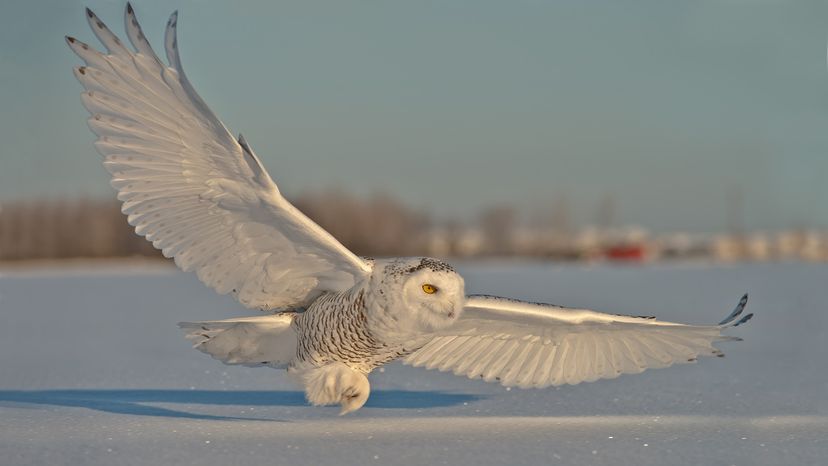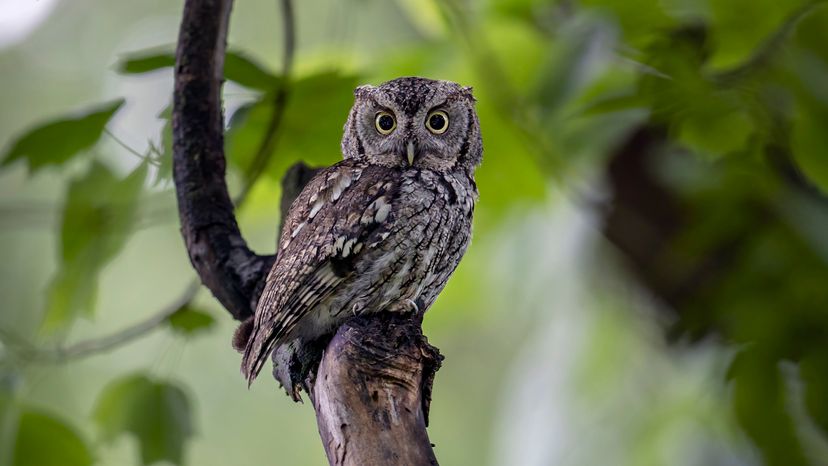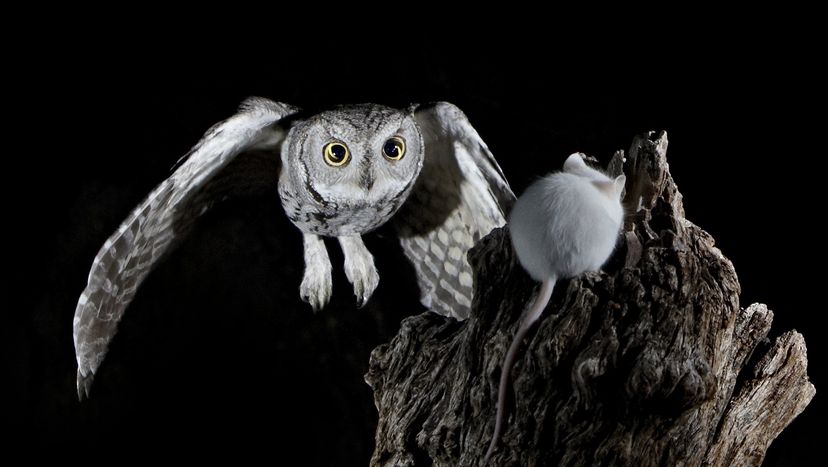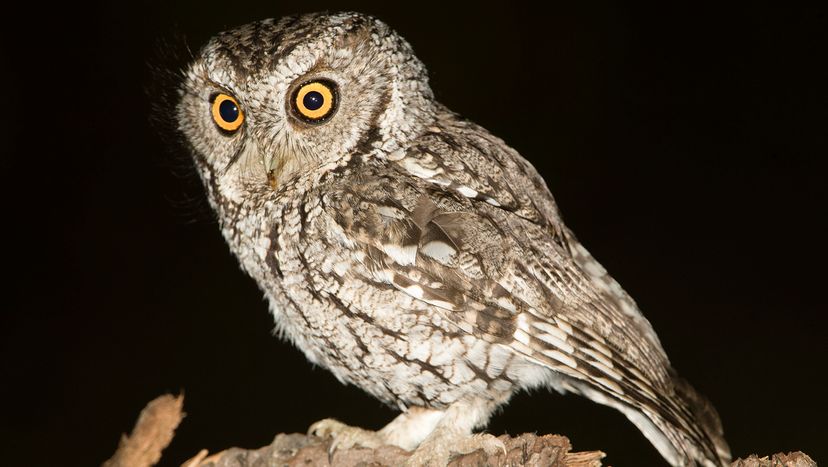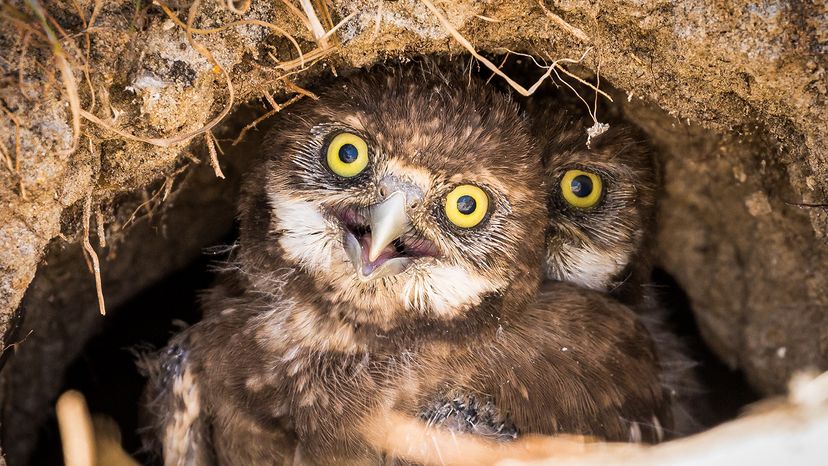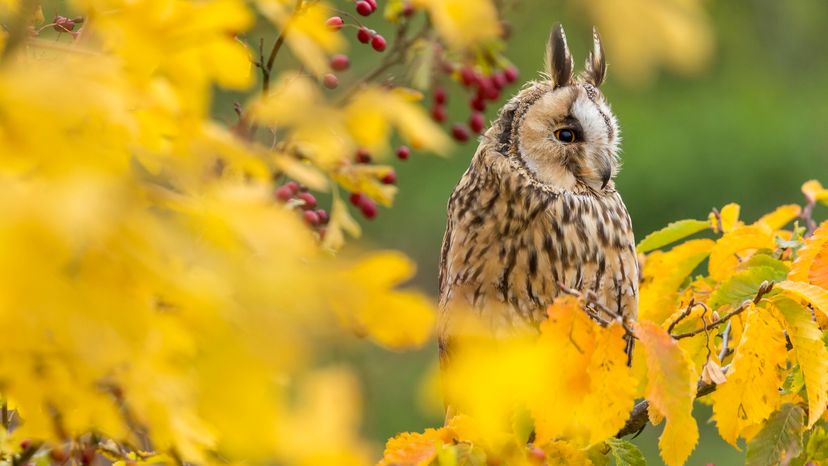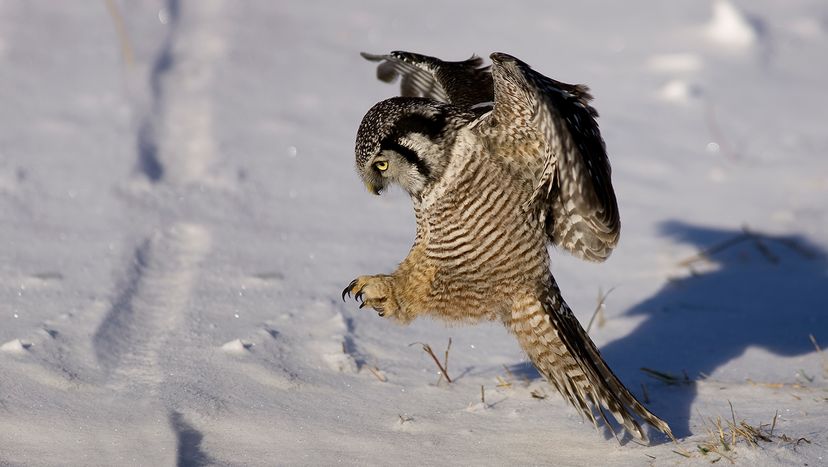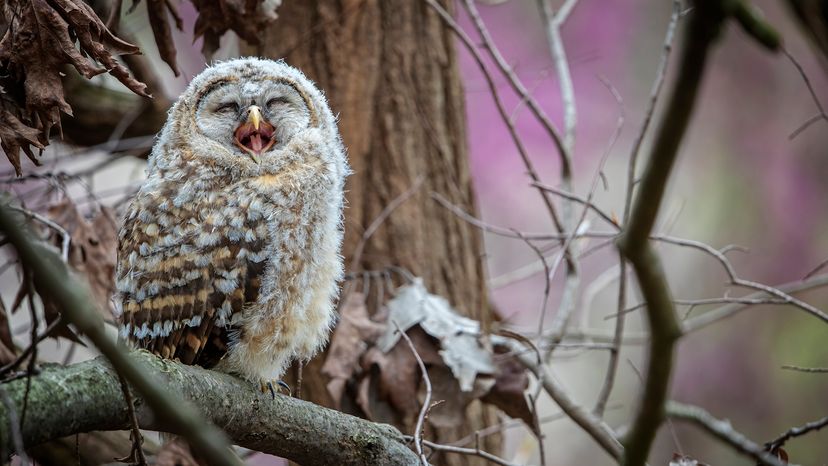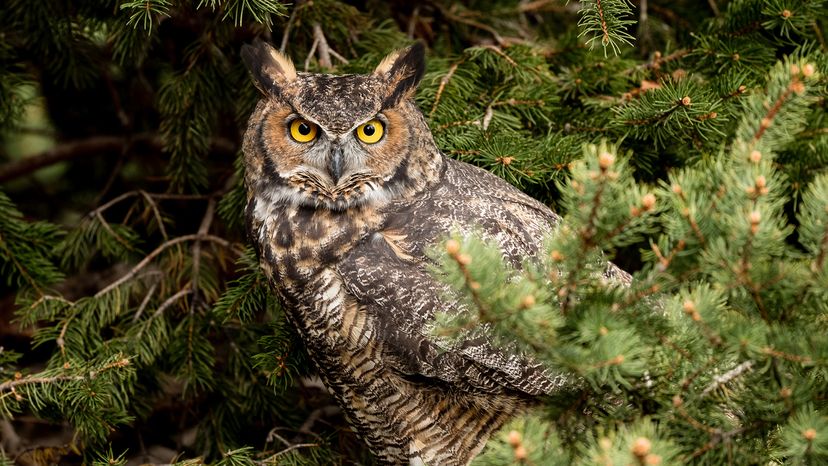
Key Takeaways
- Owls are nocturnal birds known for their silent flight and distinctive hooting, with around 200 species found worldwide.
- They range from small screech-owls to large great horned owls, each adapted to various habitats.
- Owls face threats like habitat loss, but conservation efforts are crucial to their survival.
Owls are captivating birds known for their nocturnal habits, distinctive hooting calls and remarkable ability to hunt in near silence. With about 200 species found worldwide, these birds of prey come in various sizes and colors. Here, we dig in to 10 types of owls.
Advertisement
